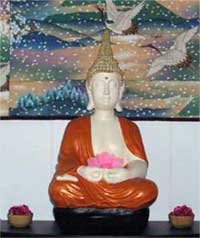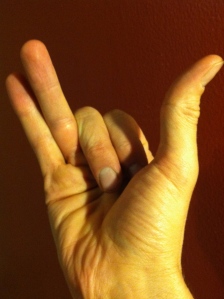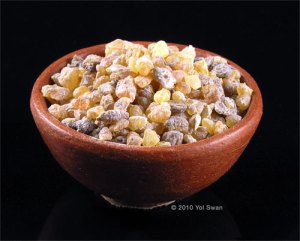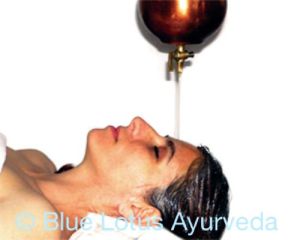Self-Inquiry Meditation – Atma Vichara
Healing the Spirit
Everyone can heal, no matter what the state of physical state of health and the practice of meditation is one of the most valuable medicines. Some might say that that goal of meditation is already our natural state, so there is no need of effort to attain it, but without knowing that from direct experience, it may be just another thought in the mind. To truly know that state, which is our very nature, we need to plum the depths of our hearts and minds to uncover that gem of pure consciousness that is always shining from within. If we’re already in direct contact with this natural state, then we have no need for self-effort, but for those that are not aware, practice is a gift.

Regular Sadhana (practice)
In this form of Sadhana (practice) we can suggest to the mind that the goal of meditation is already in the palm of the hand, and that all we need to do is gently, and continuously redirect it back to that simple sense of being. At first, the mind will start to buck like a wild horse, but in time it will naturally settle down. If we try to force the mind, it will rebel even more. The tendency is to give up if the mind proves to be stubborn in its desire to run wild. But if the sadhana is continuous and preformed on a daily basis, we start to experience a deeper spaciousness, or gap, between the thoughts. That peace is like the blue sky behind the clouds. When we train our minds to become less distracted and carried away by the stories that play out in the mind, then the thoughts and emotions that they generate start to become more and more transparent, and less and less real.
In the Yoga Sutras, the sage Patanjali states that the control of the thought waves is Yoga or union with God or Self. As beginners, it is easy to think that we need to get in there and somehow and build a dam against the rushing river of thoughts. This can easily lead to disappointment if we fail in our efforts to stop the torrent of habitual thoughts that have etched groves in the mind and over the coarse of a lifetime. The trick here is in not trying to stop the thoughts through an intense assertion of willpower, but by consistently and patiently redirecting the attention back to the object of meditation. As we do this, we pay close attention to keeping our posture relaxed and free from tension as much as possible. I call this “relaxing the effort.” It’s like the Tai Chi master, always soft, and rooted, yet ready to respond in the moment. Patanjali also states that our meditation asana (seat or posture) should be sukha (happy) and sthiti (stable). Sukha suggests a soft, comfortable, open, and receptive posture, and sthiti conveys a stillness and freedom from distraction, not ridged or stiff, which blocks the flow of energy.
When we bring ourselves to sitting practice, we do so with a knowing that we are immediately entering into direct and full contact with ourselves, at once human and divine. We may at times peak through the vial of heaven, and at other times plumb the depths of the underworld like a yogic shaman, coming into direct contact with all the debris that lays just below the surface of the mind and all the radiance that shines from our soul.
We may look upon saints and yogis and think, “I want to be at peace like they are.” We may try to emulate their ways, and mold ourselves in their image, but it is important to also remember that all the great yogis have had to sit in the inner cave of the heart and make peace with themselves and the memories, both pleasant and painful, that lay in the mind. In essence, they have had to accept life as it is and to forgive themselves and others, before they could truly let it go. This letting go is a beautiful moment of loving ourselves to the core. Yogis have had their nose put to this proverbial grindstone. The very nature of tapas, or austerity, is to crate heat, or friction, that brings forth, the Agni, or spiritual fire, that ultimately transforms us like the alchemist touchstone.
Self-Inquiry and Self-Surrender
For Atma Vichara, and other forms of meditation, the object that most appeals to the mind, and represents the divine can be chosen. With one pointed practice, the object, either mental or physical, will shine forth in the mind. Eventually, the mind will begin to dissolve into the object. This state is expressed in the age-old saying, “I Am That I Am, or “I and my father are One.”
The great sage Ramana Maharishi frequently taught that the one irrefutable truth is that we all have the sense of “I” and feel that “I” exist. We may not know how we came to exist, or why, but we are all here experiencing this life. This I-sense can be felt within as a vibration of pure beingness, or gently reflected upon when the mind moves outward into a distracted state. As the mind starts to follow the thoughts we can say mentally ”I”, or “I Am,” and then return to the awareness of the pure I-sense. With practice, this “I” will become all that we are aware of, and all that forms around this I-sense will fall away, leaving only the “I.” When the mind is further purify by the light of pure consciousness, the “I” thought too drops away and the self abides in the Self. This dropping or self-surrendering is not a forced or contrived event, but a natural process. Ultimately, it doesn’t matter whether a chosen object is of a personal or impersonal nature, the same self-surrender is needed, and the goal of both is the same. One can choose an object that best suits his or her individual nature or chosen ideal of God or Spirit. Devotion is within the effort and earnestness to drop into Gods Abyss.
Read Full Post »
 As we live in our modern world, we can make it a ritual and practice to re-establish a deeper connection by taking regular walks in nature, growing a small garden, exercising daily to off set the more sedentary life of excessive driving and office work. We can choose to walk rather than drive, if possible, or to go for walks alone or with friends and family. Preparing home cooked, healthy and nourishing food more than eating out. Taking time out from our daily duties to relax and enjoy life beyond our work, worries of health, concerns for the endless problems of the world around us. These can revitalize us and allow us to remain inspired when we engage life. We have heard these things in many books, podcast and magazine articles, yet it is so easy to overlook them, to think that someday life will afford us the time and leisure to do them.
As we live in our modern world, we can make it a ritual and practice to re-establish a deeper connection by taking regular walks in nature, growing a small garden, exercising daily to off set the more sedentary life of excessive driving and office work. We can choose to walk rather than drive, if possible, or to go for walks alone or with friends and family. Preparing home cooked, healthy and nourishing food more than eating out. Taking time out from our daily duties to relax and enjoy life beyond our work, worries of health, concerns for the endless problems of the world around us. These can revitalize us and allow us to remain inspired when we engage life. We have heard these things in many books, podcast and magazine articles, yet it is so easy to overlook them, to think that someday life will afford us the time and leisure to do them.



